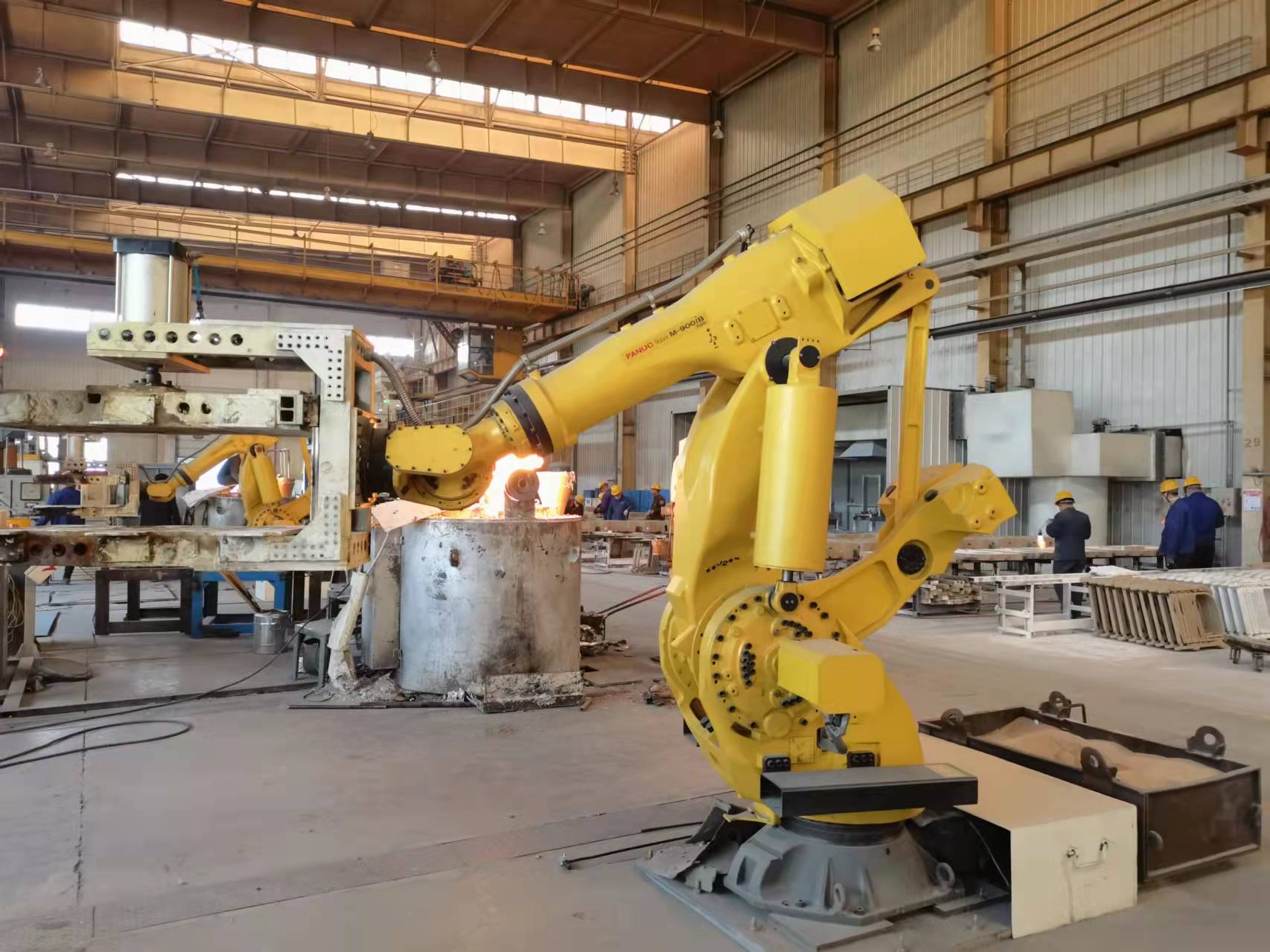- Afrikaans
- Albanian
- Amharic
- Arabic
- Armenian
- Azerbaijani
- Basque
- Belarusian
- Bengali
- Bosnian
- Bulgarian
- Catalan
- Cebuano
- China
- China (Taiwan)
- Corsican
- Croatian
- Czech
- Danish
- Dutch
- English
- Esperanto
- Estonian
- Finnish
- French
- Frisian
- Galician
- Georgian
- German
- Greek
- Gujarati
- Haitian Creole
- hausa
- hawaiian
- Hebrew
- Hindi
- Miao
- Hungarian
- Icelandic
- igbo
- Indonesian
- irish
- Italian
- Japanese
- Javanese
- Kannada
- kazakh
- Khmer
- Rwandese
- Korean
- Kurdish
- Kyrgyz
- Lao
- Latin
- Latvian
- Lithuanian
- Luxembourgish
- Macedonian
- Malgashi
- Malay
- Malayalam
- Maltese
- Maori
- Marathi
- Mongolian
- Myanmar
- Nepali
- Norwegian
- Norwegian
- Occitan
- Pashto
- Persian
- Polish
- Portuguese
- Punjabi
- Romanian
- Russian
- Samoan
- Scottish Gaelic
- Serbian
- Sesotho
- Shona
- Sindhi
- Sinhala
- Slovak
- Slovenian
- Somali
- Spanish
- Sundanese
- Swahili
- Swedish
- Tagalog
- Tajik
- Tamil
- Tatar
- Telugu
- Thai
- Turkish
- Turkmen
- Ukrainian
- Urdu
- Uighur
- Uzbek
- Vietnamese
- Welsh
- Bantu
- Yiddish
- Yoruba
- Zulu
Nov . 07, 2024 10:15 Back to list
Efficient Heat Exchange Solutions for Gas Applications in Modern Engineering Systems
Gas Heat Exchangers Efficiency and Innovation in Thermal Management
Gas heat exchangers are essential devices in various industries, serving to efficiently transfer heat from one medium to another while maintaining thermal integrity. In the era of rising energy costs and increasing environmental awareness, the importance of optimizing heating and cooling processes has never been more critical. This article delves into the functioning, benefits, and innovations surrounding gas heat exchangers.
At its core, a gas heat exchanger operates on the principle of thermal conduction, enabling the transfer of heat between two fluid streams without them mixing. Common applications include power plants, HVAC systems, and industrial processes where the recovery of waste heat is crucial. For instance, in natural gas processing, heat exchangers can recover heat from exhaust gases to preheat incoming natural gas, thereby improving overall efficiency.
One of the most significant advantages of gas heat exchangers is their ability to increase energy efficiency
. In many systems, especially those involving combustion processes, a notable portion of energy is lost as waste heat. By utilizing heat exchangers, industries can reclaim this lost energy, reducing fuel consumption and emissions. This not only translates to cost savings but also supports compliance with stringent environmental regulations.gas heat exchanger

Various designs of gas heat exchangers exist, each suited for specific applications. The most common types include shell-and-tube, plate, and finned-tube heat exchangers. Shell-and-tube exchangers consist of a series of tubes, with one fluid flowing through the tubes and another fluid circulating around them. This design is robust and effective for high-pressure applications. Plate heat exchangers, on the other hand, consist of multiple plates stacked together, creating narrow channels for fluid flow. This design offers a high surface area-to-volume ratio, making it ideal for applications with limited space.
Finned-tube heat exchangers are another popular design, featuring extended surfaces that enhance heat transfer. By increasing the surface area available for heat exchange, finned-tube designs can significantly boost efficiency, making them particularly effective in cooling applications. Choosing the appropriate type of heat exchanger depends on factors like fluid properties, temperature ranges, and space constraints.
Innovation in gas heat exchanger technology is also advancing rapidly. With the global push towards sustainability, researchers are exploring advanced materials and enhanced designs to further improve thermal performance. For example, the use of microchannel technology—the creation of small channels for fluid flow—has shown promise in increasing heat transfer rates while reducing the amount of refrigerant required in systems. Additionally, the integration of smart technologies, such as automated controls and performance monitoring systems, enhances operational efficiency and maintenance.
In conclusion, gas heat exchangers play a pivotal role in improving energy efficiency and sustainability across various sectors. Their ability to recover waste heat and optimize thermal processes directly supports organizations in reducing operational costs while meeting environmental standards. As technology continues to evolve, the potential for innovative designs and materials will further enhance the capabilities of gas heat exchangers, paving the way for a more energy-efficient future. Industries that embrace these advancements can not only improve their bottom line but also contribute to a more sustainable world.
-
Premium Cast Iron Water Main Pipe: Durable, Corrosion-Resistant
NewsAug.03,2025
-
Durable Cast Iron Water Mains | AI-Optimized Systems
NewsAug.02,2025
-
High-Efficiency Propane Boiler for Baseboard Heat | Save Energy
NewsAug.01,2025
-
Premium Source Suppliers for Various Gray Iron Castings
NewsJul.31,2025
-
Durable Cast Iron Water Main Pipes | Long-Lasting
NewsJul.31,2025
-
High-Quality Cast Iron Water Main Pipe for Durable Infrastructure
NewsJul.30,2025


